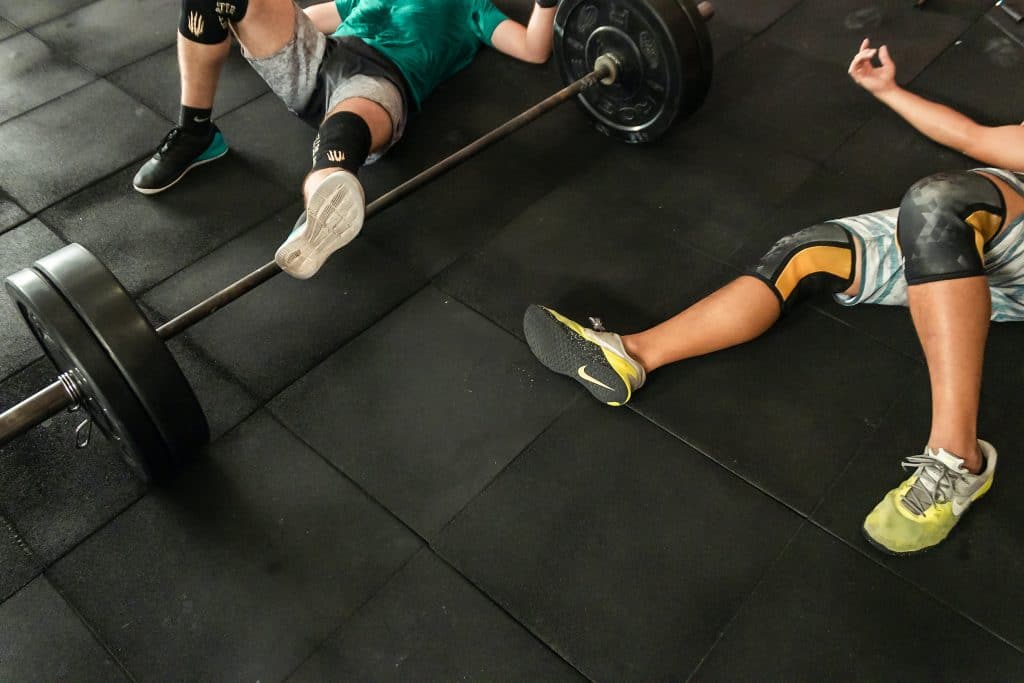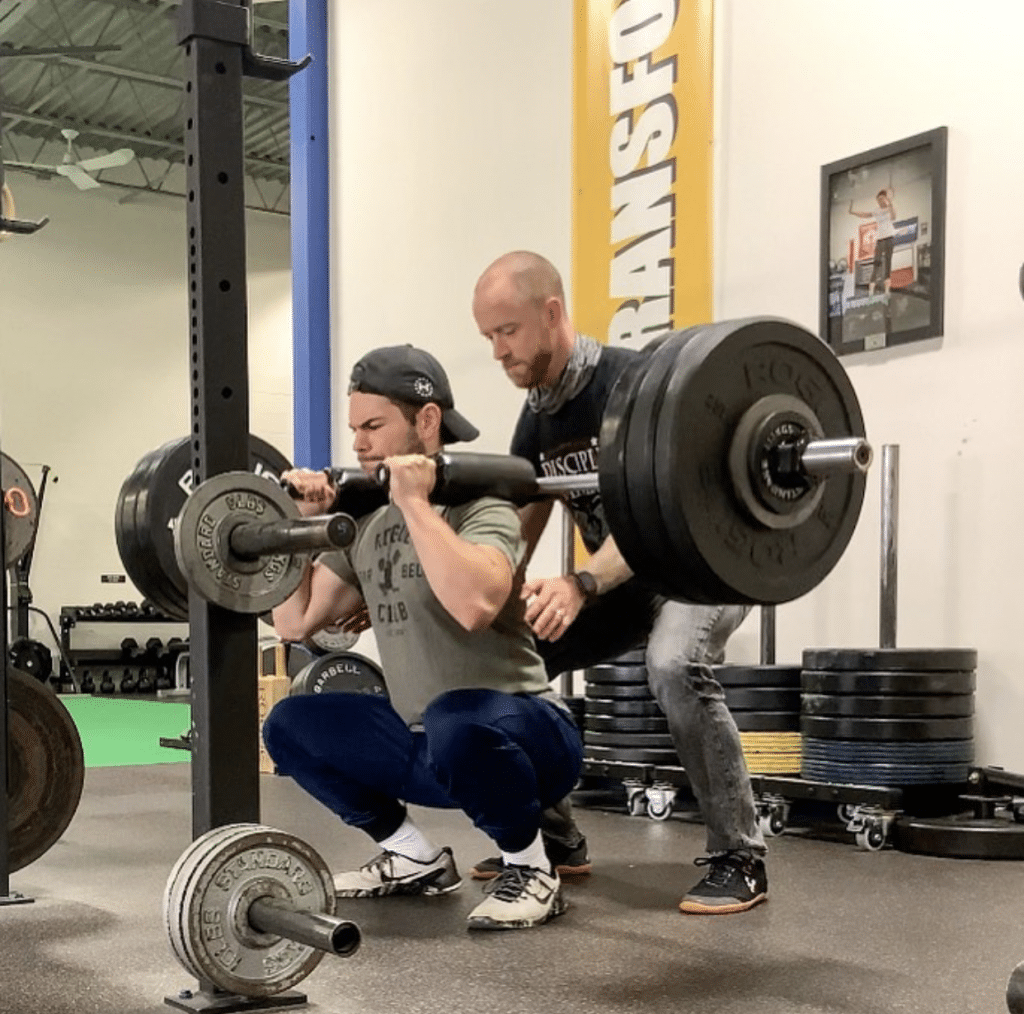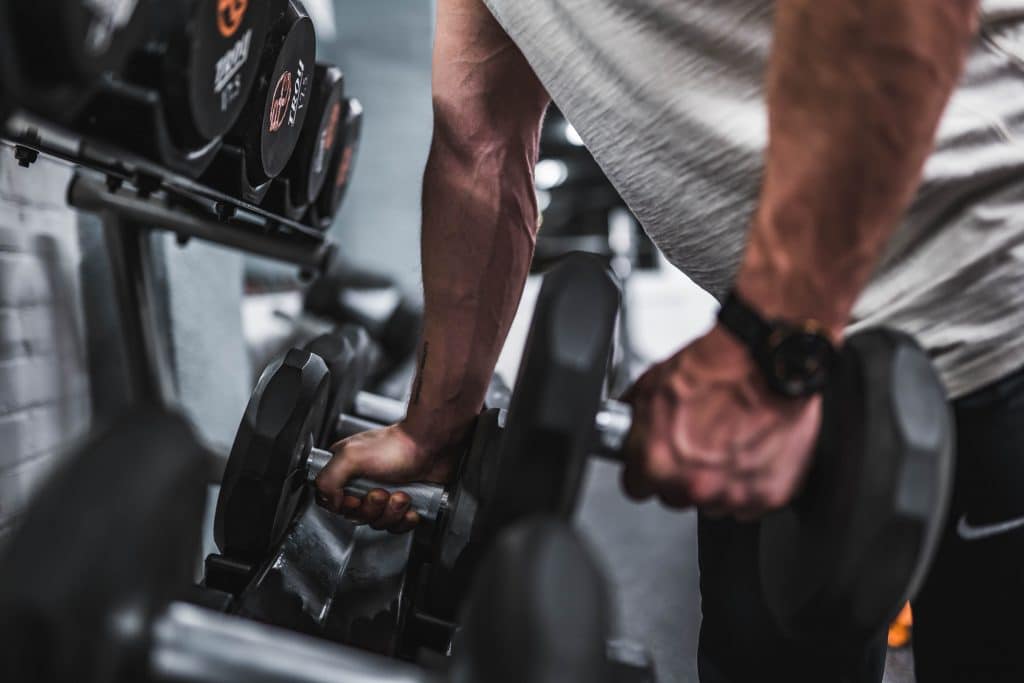A new member of BSP NOVA, who I’ll call James, was confused about something when he started training with us. The initial few days weren’t what he expected.
Upon coming in for his second training session, he told me he was feeling good that day. Which was great to hear, of course, but he went on to say he wasn’t sore. At all. That confused him. He figured that if he was training hard, which he was, then he should be sore.
“That’s interesting that you’re not sore,” I said. “What are your thoughts about that?”
James said, “Well, it’s not bad I guess, I just thought I was supposed to be sore.”
His expectation was that working out always made you sore. And that’s what he was used to in the past, a crippling level of soreness after a rough workout. This is normal in the fitness industry unfortunately. The message that’s passed around is that only crazy hard workouts that make you incredibly sore are effective.
So, by not feeling sore, he wasn’t feeling what he thought he should be feeling.
Is that a bad thing though, to not be sore from a workout?
Nope.
And, if one isn’t sore, does that mean the workout was not effective?
Also nope.
In fact, not being sore after a workout is a wonderful thing, which I’ll explain now, by using a story about two friends of mine. Their names are Preg and Gavlos.

A Tale Of Two Gym Goers
Both Preg and Gavlos started strength training a few years ago—on the same day actually, because they started together—and their fitness journeys went in different directions.
Preg has a petite sized frame for a male, with ankles so tiny that you lose sight of them when he turns sideways. He has weighed around 150 pounds most of his life and, given his height—which isn’t 6’11”, no matter what his driver’s license says—he wanted to gain some muscle mass. To get jacked.
My other friend, Gavlos, was a stockier fellow compared to Preg, and was born in Russia. He talks about pain science a lot. Nonstop. He talks about pain science more than he says thank you—and he’s a grateful guy too. He’s also the least emotional person I’ve ever met, but I have seen him show an emotion or two.
Gavlos’ goal was to go from squatting 200 to squatting 300.
They’re like Penn and Teller. But less successful. And not magicians.
There’s another important difference I haven’t mentioned yet though: they both possess different beliefs about soreness and working out.
To Be Sore Or Not To Be Sore
Growing up, Preg saw people talking about how hard their workout was, how they threw up during it, and they seemed happy about that. They were so sore they struggled climbing up stairs. This was a good thing, to be sore, or so they said to the young, naïve Preg.
When his fitness journey started, he slammed his foot down on the gas pedal. He figured that if exercising was good for you, then he would do all the exercises. That all the soreness meant all the gains.
He spent hours in the gym doing more exercises than he could count on both hands and feet combined. This left him so sore that walking, sitting, and existing in general, was a pain. But he figured this was the toll he had to pay to cross the bridge into Gains-Ville.

Gavlos’ story is a bit different.
Growing up, he was a kick boxer for a number of years. Instead of leaving his training sessions sore and dying, he felt good. Okay, sometimes he felt like shit, but most of the time he left feeling good.
When he started his strength training journey, he trained hard, but not too hard. He reflected back to his kick boxing days and knew that, though workouts were challenging, he could get better without being super sore. That he could feel good after a workout.
This doesn’t mean he didn’t push himself. He did. Often.
But instead of going full throttle all the time—like Preg did—he would cruise with his foot halfway down on the pedal most of the time. Then, at times, he would speed up a little, but he always, always eased off.
Four Months Into Their Training…
Preg was upset about his progress. Or, I should say, his lack of progress. Here he was putting in hour after hour of crushingly hard work, yet there was nothing to show for it.
Well, actually, he did have something to show for it: soreness.
This excessive soreness led to issues with his training. For example, his quads were so sore from one squat session in particular, that he had to avoid any squatting or lunging for three days because he could barely move. And, when he finally did train those movements again, he wasn’t able to lift as much as he had hoped.
He was too sore to put a ton of effort in.
Unfortunately, in the end, he stayed around 150 pounds and didn’t reach his goals. Which, especially given how much effort he put in, really sucked. He was devasted. Especially since his friend Gavlos faired much better.

Gavlos’ workouts were challenging, but not overwhelmingly challenging, and left him feeling good.
Like Goldilocks found a porridge that was just right, Gavlos found an amount of work that was just right; one that didn’t create too much soreness.
To clarify: he felt sore at times. But this was rare. And it wasn’t a crippling level of soreness.
Best of all, because he was rarely sore, Gavlos was able to train more frequently than Preg. He didn’t miss workouts. And, because he could push himself hard enough each time, he was able crush his goal of squatting 300.
If Gavlos had trained like Preg did, then he would’ve been sore frequently and unable to make it back into the gym to train.
Over the long-term, this inability to consistently train is what hindered Preg’s progress in the gym. And it was Gavlos’ ability to stay consistent that made all the difference for him.
Final Thoughts
“The best exercise for gaining strength is not missing workouts.” – James Clear
Making soreness the goal of our workouts jeopardizes progress. We can’t train consistently. And, even if we do come in to train, then we may not be able to push ourselves as hard.
Don’t just take my word though, or the story above as evidence—here is some science for you (1).
Brad Schoenfeld and Bret Contreras said: “In addition, high levels of soreness should be regarded as detrimental because it is a sign that the lifter has exceeded the capacity for the muscle to efficiently repair itself. Moreover, excessive soreness can impede the ability to train optimally and decrease motivation to train.”
The goal isn’t to have super hard workouts all the time. It’s a continuum of super easy workouts to super hard workouts, with the goal being to do workouts that fall somewhere in the middle most of the time.
Here’s one more caveat: soreness isn’t always a bad thing.
It’s not something to be feared. In fact, it’s a normal response to hard exercise. Especially when we perform new exercises, increase the number of sets we’re doing, or emphasize the eccentric portion (aka the lowering portion) of a movement. We may be sore. That’s normal.
That doesn’t mean soreness is the goal though. Excessive levels of soreness is, by definition, excessive.

Oh, and one more thing: I didn’t finish telling you about James.
When James came in last week, he finished his first training program at BSP. “You know, I have to tell you something. This program isn’t what I expected.”
He paused.
“But it’s what I needed. I wasn’t sore at all the whole month, and that helped me to be able to come back in each workout. That was the key for me.”
And that’s what it’s all about. Train hard enough, but not so hard that you can’t train consistently. Train like James does.
By the way, if you’re new to exercise and want to get an individualized training program for you—one that won’t leave you sore for weeks—click the link below to claim your free week. You’ll be set up with a program that’s written, for you, based off of your goals, likes and dislikes with exercise—and it won’t leave you feeling like a walking ball of soreness.
Source:
- Schoenfeld, Brad J., and Bret Contreras. “Is postexercise muscle soreness a valid indicator of muscular adaptations?.” Strength & Conditioning Journal5 (2013): 16-21.
You might also like:
- How Progress With Weight Loss Actually Works
- How Understanding Your Goals Helps You Achieve Them (and not pursue unimportant goals)
- 5 Tips for Better Conditioning Workouts
- 3 Training Mistakes Every New Gym Goer Needs to Avoid
- Do You Trust Yourself?
- Change that feels… GOOD!
- How Cake Helps You Lose Weight
